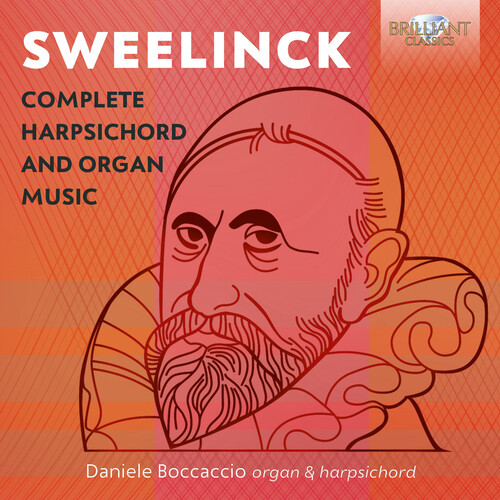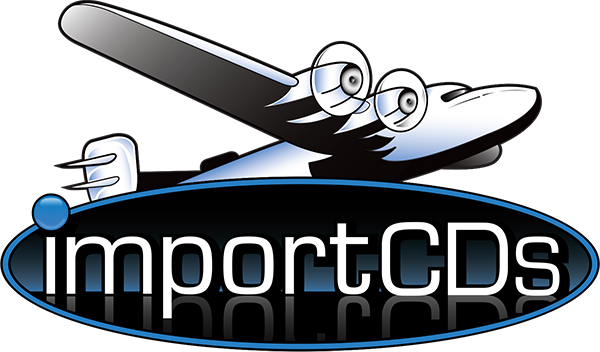Show results for
Deals
- 4K Ultra HD Sale
- 50s Films Sale
- Action Sale
- Alternative Rock Sale
- Anime sale
- Award Winners Sale
- Bear Family Sale
- Blu ray Sale
- Blues on Sale
- British Sale
- Christmas in July
- Classical Music Sale
- Comedy Music Sale
- Comedy Sale
- Country Sale
- Criterion Sale
- Drama Sale
- Electronic Music sale
- Folk Music Sale
- Horror Sci fi Sale
- Kids and Family Sale
- Metal Sale
- Music Video Sale
- Musicals on Sale
- Mystery Sale
- Naxos Label Sale
- Page to Screen Sale
- Paramount Sale
- Rap and Hip Hop Sale
- Reggae Sale
- Rock
- Rock and Pop Sale
- Rock Legends
- Soul Music Sale
- TV Sale
- Vinyl on Sale
- War Films and Westerns on Sale

Complete Harpsichord & Organ
- (Boxed Set)
- Format: CD
- Release Date: 5/1/2020

Complete Harpsichord & Organ
- (Boxed Set)
- Format: CD
- Release Date: 5/1/2020
- Label: Brilliant Classics
- Number of Discs: 6
- UPC: 5028421956435
- Item #: 2289016X
- Genre: Classical
- Release Date: 5/1/2020

Product Notes
'A splendid recording by a fine artist': Choir and Organ magazine on Daniele Boccaccio's organ version of Bach's Well-Tempered Clavier (95157) - the first ever such project. Now Boccaccio travels back several generations, to Jan Pieterszoon Sweelinck (1562-1621). This Italian-trained. Amsterdam-based organist/composer/teacher is the real father of the North German school, including not only the Bach family but also Scheidt and Buxtehude. All these composers were aware of and decisively influenced by Sweelinck. Sweelinck's extant keyboard output comprises some seventy pieces. The precise instrument for which each of the pieces was written cannot always be determined with certainty. While the chorale settings most likely were intended for the organ and the secular song variations for harpsichord or virginal, Sweelinck's fantasias and toccatas (over thirty in number) may well have been played on whatever keyboard instrument was at hand. Boccaccio has paid careful attention to the details of old fingering techniques; the resultant variety in phrasing and articulation gives new life to figurations that with a more modern legato approach can seem plain. As his own booklet note explains, he has also taken considered decisions about when discreet ornamentation can enhance the music's impact and when to let Sweelinck's notes speak for themselves. Particularly in the fantasias, he captures some of the freshness with which Sweelinck's music must have struck it's first listeners. He has chosen three different instruments for the organ performances: the Arp Schnitger organ (1678) in the Johanneskirche, Oederquart; a Fritz Scherer organ (1612/13) in the Marienkirche, Lemgo; and an instrument of unknown manufacture from around 1550 in the Andreaskirche, Ostönnen. The harpsichord is a modern copy of a 1679 model by the Flemish maker Jan Couchet. A project long in the making, this set will command the attention of all early- and Baroque-music lovers.

